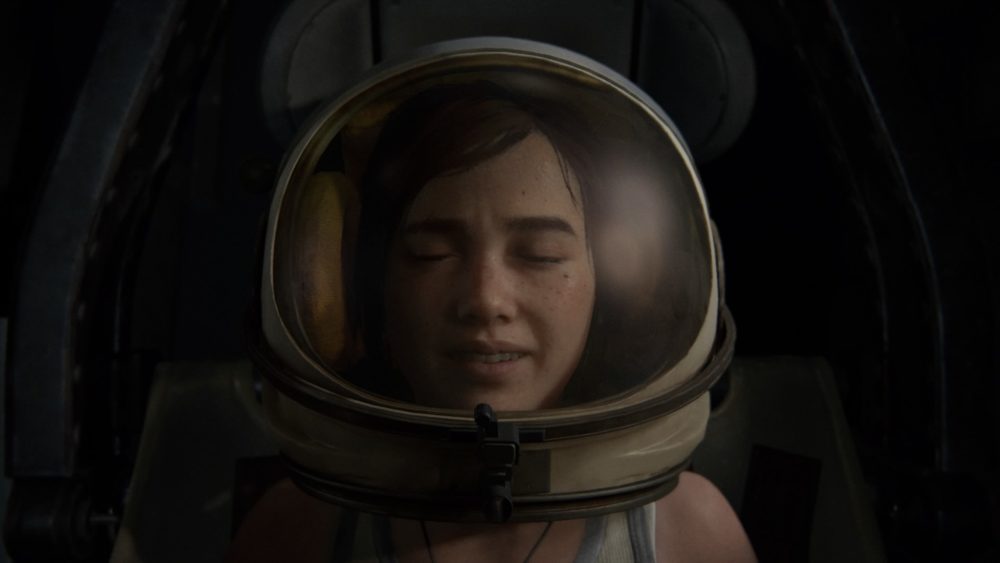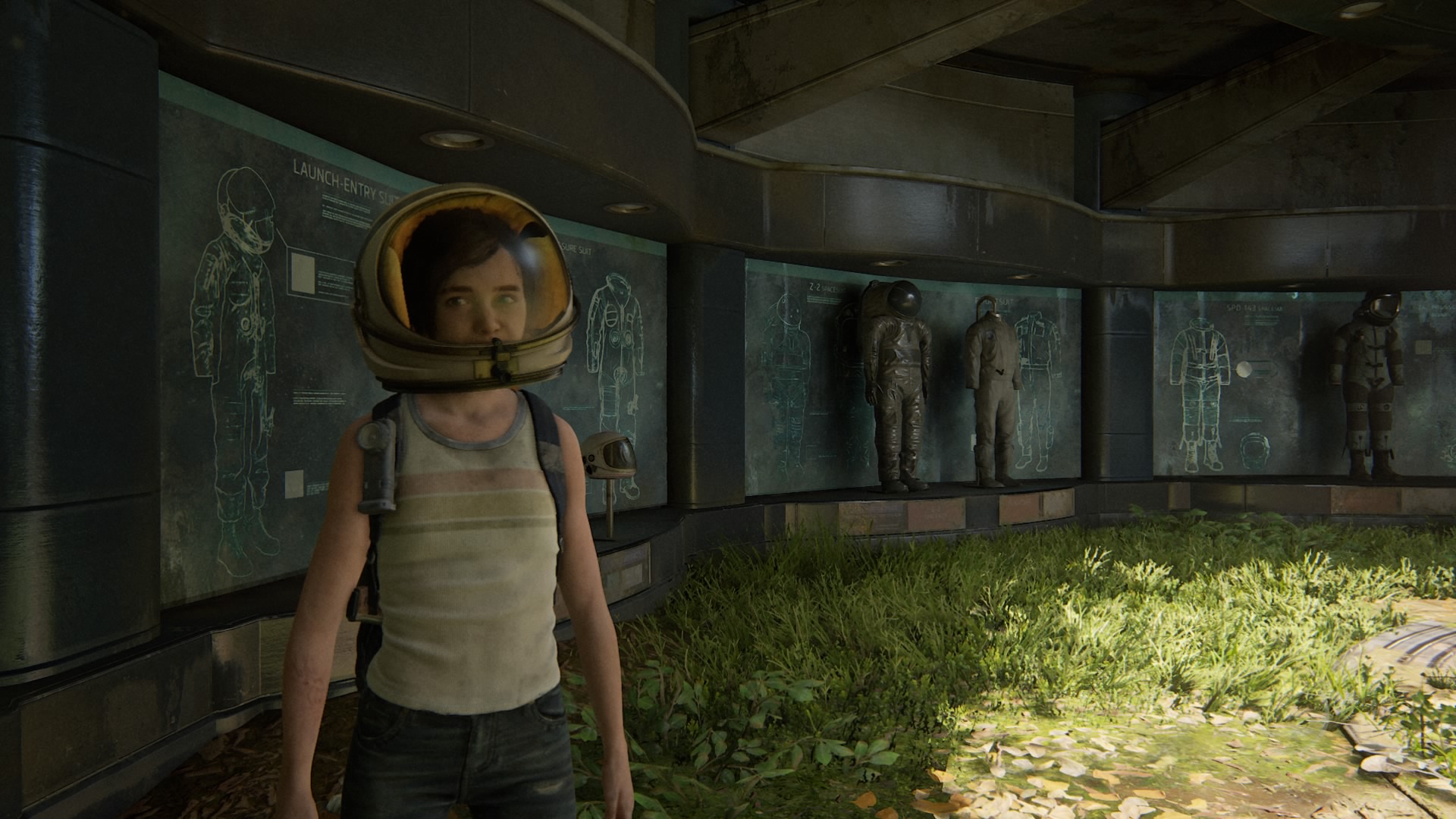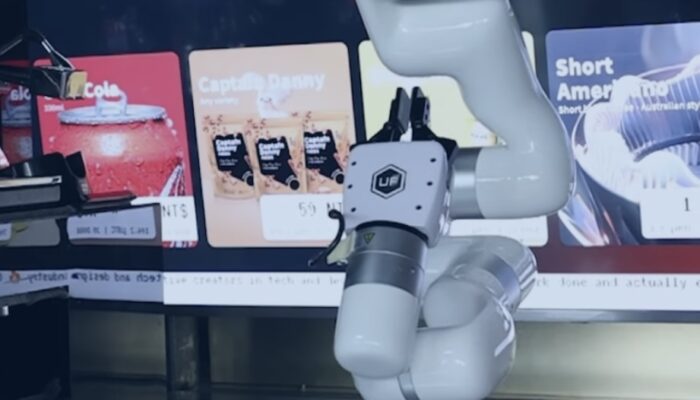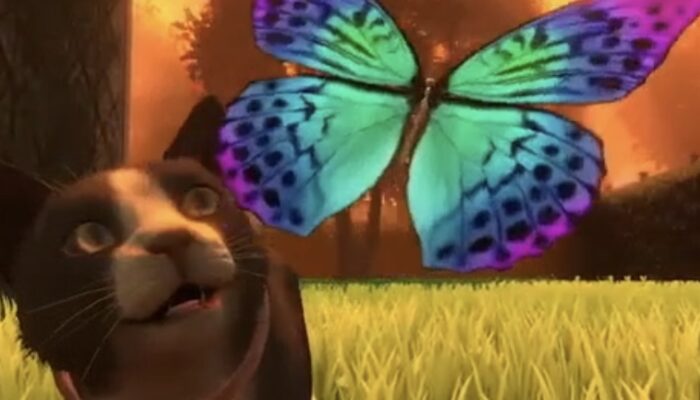Viruses, face masks, quarantines. It’s hard to avoid the unintended parallels with our current reality in The Last of Us Part II, especially as the zombies, known as the infected, now take a back seat. Gone is any effort to understand the virus, to find a cure, or come up with new ways to manage it. Instead the sequel uses a war between two militias, one organized through religion while the other has a military structure, to play out a number of interlocking plots about revenge.
Ellie, who’s immunity from the virus made her a sought-out teenager in the first game, is now the central playable character and her involvement in revenge schemes has her become a hateful predator as an adult.
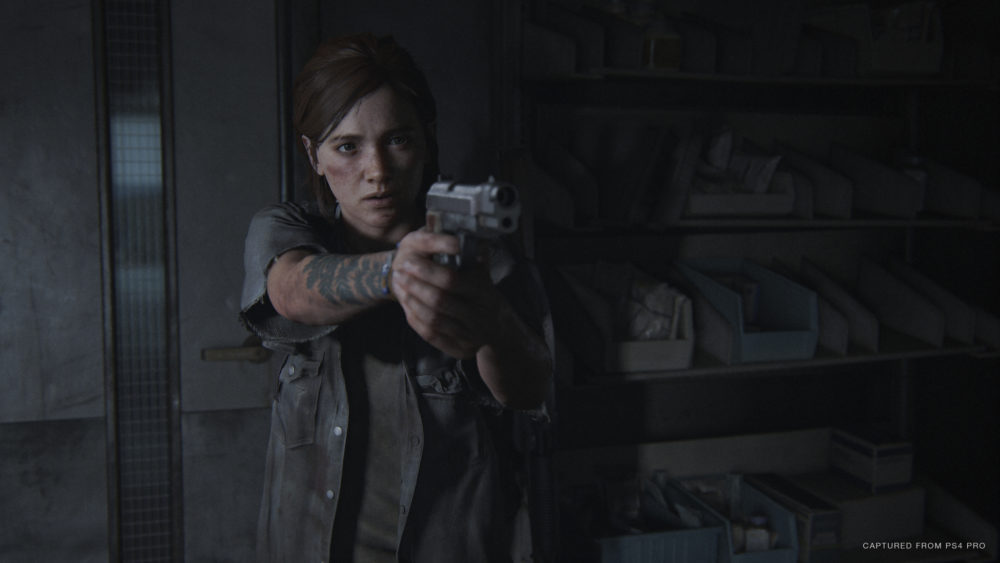
As she travels from one point to another she murders an astonishing number of people, again this is a world of militia, not zombies, so the stealth-action gameplay involves sneaking up on gun-toting patrols, killing people from behind and then jumping into shoot-outs when things go wrong. The mechanics are done well, there’s a range of fun weapons, but nothing innovative to add to the stealth-action genre.
Ellie’s story makes-up the first twenty hours of the game where we then switch to Abby, a new character older than Ellie who has already undergone the transformation into hateful revenge and through her we play out another murderous rampage for another twenty hours. Coming from different sides of the country and the warfare, both women are on a collision course with each other and there’s an attempt to have them find some maturity along the way.
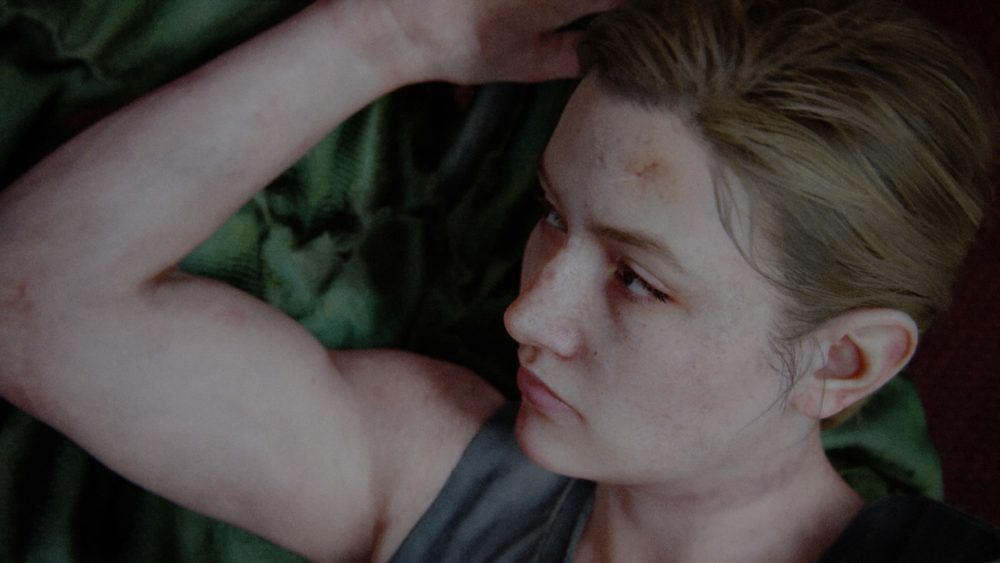
Where Ellie gradually becomes an unlikeable character over time, Abby is already unlikeable and has questionable taste in men. This is a big problem for a game that’s forty hours long. That’s forty hours spent with unlikeable people, doing disturbing things, who are depressed, in a post-apocalyptic world, that is somehow darker and more drearier than other games in the zombie genre. This is a lot to ask players to subject themselves to.
About fifteen to twenty hours of repetitive levels involving drab suburbs, predictable war camps, and basement complexes could have been easily cut to tighten the game and its story to make it more enjoyable. That all your progress raising Ellie’s stats and unlocking upgrades is gone with the switch to Abby, where you then start all over, only makes the game drag even more.
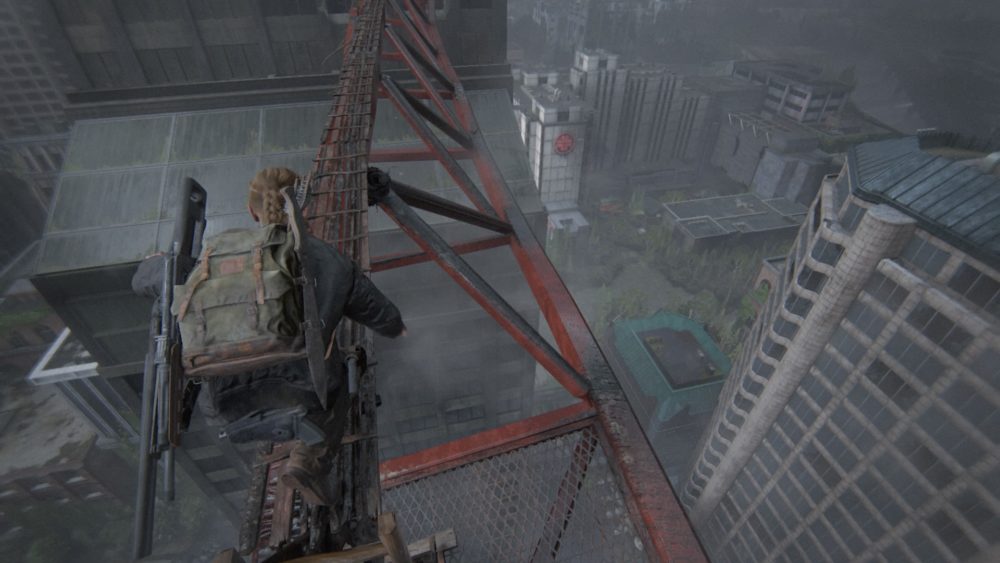
Those who push through will find fantastic sequences involving motor boats and rapids, horseback chases, and a network of rope bridges connecting skyscrapers that is wonderfully vertigo-inducing. It takes too long to reach these levels which, being more enjoyable than the rest of the game, could have been longer or structured to be full chapters.
The use of motion-capture to allow actors to perform cinematics is once again the best in the industry and the cast as a whole knocks it out. Again, it’s a shame that you have to work through hours and hours of repetitive gameplay to reach therm.
Part II is at its best when characters try to capture the lost world, when the older generation like Joel take Ellie to museums and convention halls, to share stories about movies and music. There’s a sweet scene in a music shop where Ellie plays a guitar for a friend in an effort to recreate what they were born too late to enjoy and I love the honesty of it, that Ellie sings so timidly, not awful, but not confidently either.
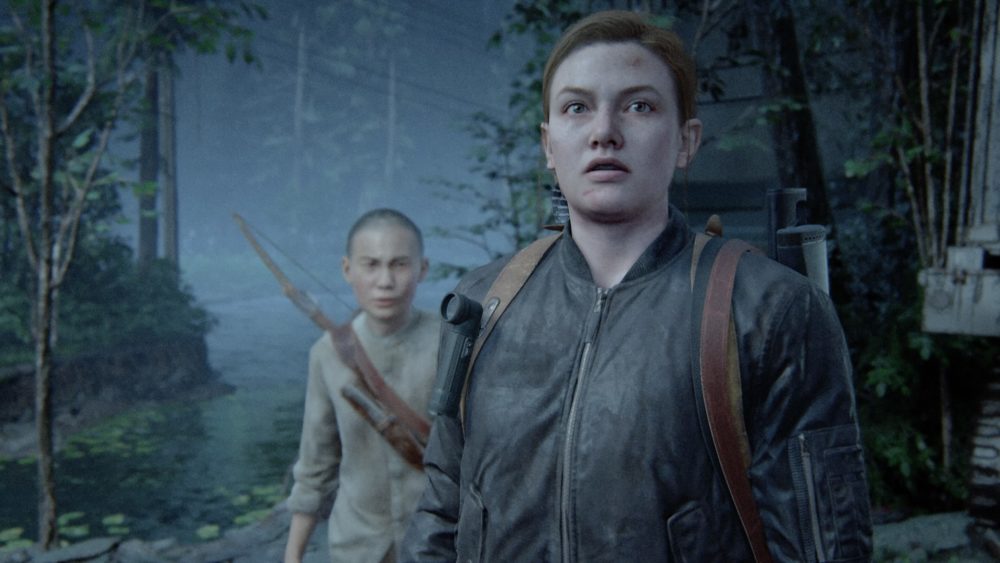
There’s a boy traveling with Abby who, having been born long after the outbreak, is not only oblivious to her cultural references and sayings, but has no clue what most of the city structures are for.
These moments where better at speaking to the challenge of living in a post-apocalyptic world and I found myself wishing that The Last of Us Part II’s story was somehow more about those pursuits rather than a revenge tale that seems to go on forever.
